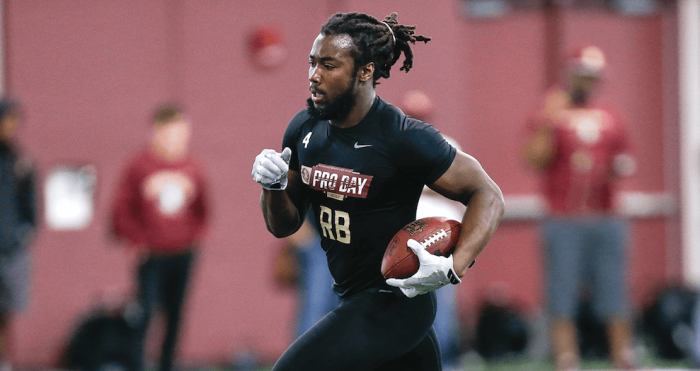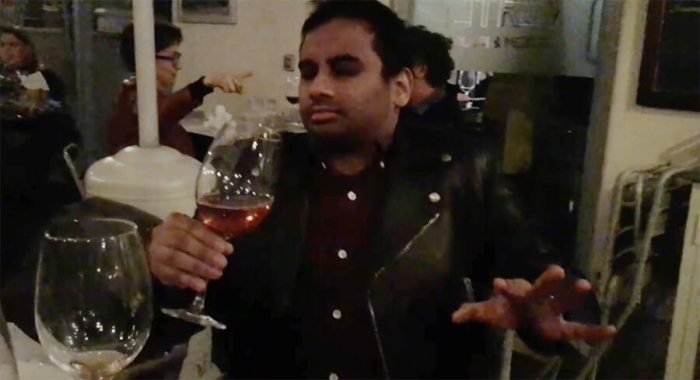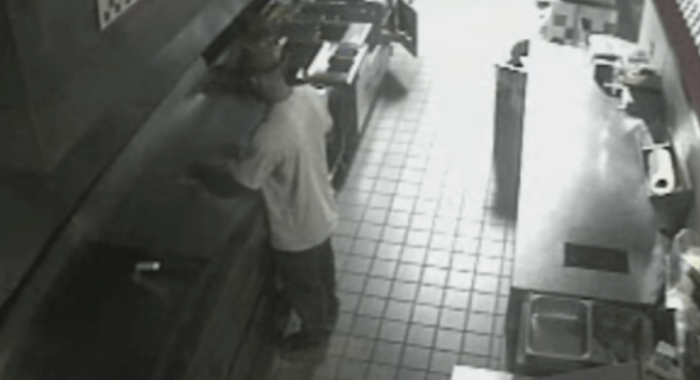Society has come a long way in making racism unacceptable.But with the launch of Vine, being racist seems to be all the rage this summer, showcasing videos of white behavior vs. black behavior, much like the minstrel shows of the 1840s.
Facebook’s “Best Vines” page features most “liked” and most popular Vines, several of which have racial overtones and negative stereotypes.
“It’s been known for a long time that the Internet is a very popular place for hate speech,” says Kim Pearson, the chair of the department ofAfrican-American studies at The College of New Jersey. “I think there are parallels between minstrel shows and much of what happens in popular culture today.”
Let’s take a step back. Minstrel shows were a popular form of entertainment for whites in the 1840s. They consisted of white actors in blackface, acting as blacks, mocking them and portraying them as barbaric and uncivilized.
Almost 200 years later, videos like “White people dunking vs. Black people” have repeated history. With 292,837 likes and counting, the video begins with two white teenagers celebrating a good shot in basketball with a simple “Good job!” It then closes with two black teenagers celebrating their slam-dunk with wild gestures, loud cheers and chest bumps, portraying a barbaric stereotype. All in about seven seconds.
“Historically, members of a European and non-black working class people who had been discriminated against on the basis of their class and ethnicity gained social status by joining in the condemnation of blackness,”says Pearson. “The racist representations are often exaggerated versions of what people describe as ‘black behavior.’”
How about “White moms vs. Black moms” with 226,929 likes and rising? Highlighting the creator acting as a white mom first, telling her son who was just beaten up that she would talk to his teacher immediately. Then as the black mom, she comforts her bullied son with, “Get out here, you’re gonna whoop his ass.”
Within just six seconds, Danyelle Rose, the video’s creator, is able to negatively portray a black mother’s response as violent and inferior to the white mother, whom she has portrayed in a positive light with a nurturing response.
“Part of what’s going on in these films is that they’re teaching the people who are viewing it to respect the racial boundaries,” says history professor Christopher Fisher of The College of New Jersey.
However, Rose disagrees.
“I am aware that some people think I am racist, but that’s OK because I know I am not,” says Rose, who herself is part African-American. “I am adopted by a white mom and black dad. My mom does not act like the white moms I portray in my videos. She acts like the black ones.”
So it’s OK to be racist if you’re part black?
“It’s not me being racist,” she insists. “I am just making fun of well-used stereotypes. I, for one, think they are hilarious, and that’s what it comes down to. I will post what I think is funny because it’s my Vine. Not everyone will agree or think I’m funny or have the same humor, but that comes with the popularity. But as long as I’m still making a couple people laugh, I’ll keep my videos coming.”
Another video that certainly makes fun of well-used stereotypes is “How did you do that?” With 182,091 likes, this video begins with a cool basketball trick by a black man, his white friend asks, “How did you do that?” He is then supplied with a can of Kool- Aid mix and a piece of fried chicken, giving him the ability to pull the trick off.
With one of the most common and unflattering stereotypes of African-Americans being that they eat fried chicken and drink Kool-Aid, it’s difficult to understand why a black man would partake in the ridicule.
Pearson suggests that when members of one group are racially marginalized, there is sometimes the tendency to internalize that racism and engage in behavior that negatively portrays their own race.
“Part of what a racist society does,” says Pearson, “is force people who are the objects of that racism to internalize that self-hatred.”
However, with the popularity of these anonymous videos, it seems that the harm of minstrel shows is increasingly being forgotten, and with it the lessons of the past.
“When you make fun of yourself with issues that have horrible historical background or legacy,” says Fisher, “you’re just deepening those legacies and deepening the wound.”
So in today’s society, built on more than 50 years of work by civil rights activists, this resurgence of public racism doesn’t seem plausible.
According to Fisher, a major component of minstrel shows is the economic and social anxiety of the time, which creates a feeling of displacement in the dominant group.
“One of the things that we do know,” says Fisher, “is whenever there is a moment of great social and economic anxiety in America, we tend to play out our emotions racially.”
With the rise of social media and the ease of public anonymity, racist entertainment seems to be increasing. As public figures like Paula Deen are explicitly condemned for racial outbursts, as they should be, anonymous social media users have continued to fly under the radar thinking it’s OK to post controversial content. However, it’s still racist and is still promoting racist views.
Despite the ongoing fight against racism, the answer to why it is still so prevalent may be right on the accounts of Vine users: the deceptive separation of the cyber world and reality.
By mocking common stereotypes, no matter the color of one’s skin, the negativity is still being reinforced to others even if its intent is to entertain, paralleling the actions of minstrel actors.
Although America has come a long way with legislation denying racial mistreatment, these Vine posts are fighting back. They suppress the work of civil rights leaders as well as discredit America’s pride as a country that affords “liberty and justice for all” — voiding 50 years of equality activism in just seven seconds.
Follow Julie Kayzerman on Twitter @juliekayzerman


















